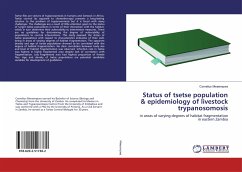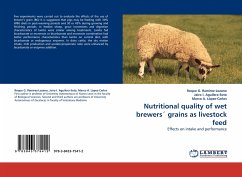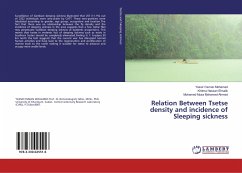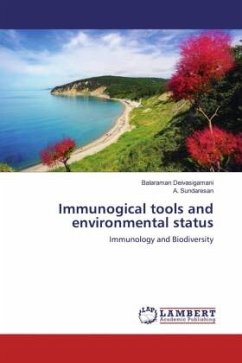Tsetse flies are vectors of trypanosomosis in humans and livestock in Africa. Tsetse control (as opposed to chemotherapy) presents a long-lasting solution to the problem of trypanosomosis but it is faced with many challenges. The challenges are a result of little attention given to the status of target tsetse populations in terms of their interaction with the habitat, which in turn determine their vulnerability to intervention measures. There are no guidelines for determining the degree of vulnerability of populations to control interventions. This study assessed the status of tsetse populations with respect to characteristics indicative of their well-being in areas of varying degrees of habitat fragmentation. The apparent density and age of tsetse populations showed to be correlated with the degree of habitat fragmentation. No clear correlation between body size and level of habitat fragmentation was observed. Infection rate in tsetse was highest in highly fragmented area despite lack of correlation with fragmentation. Less fragmented area had highest proportion of female flies. Age and density of tsetse populations are potential candidate variables for development of guidelines.
Bitte wählen Sie Ihr Anliegen aus.
Rechnungen
Retourenschein anfordern
Bestellstatus
Storno








